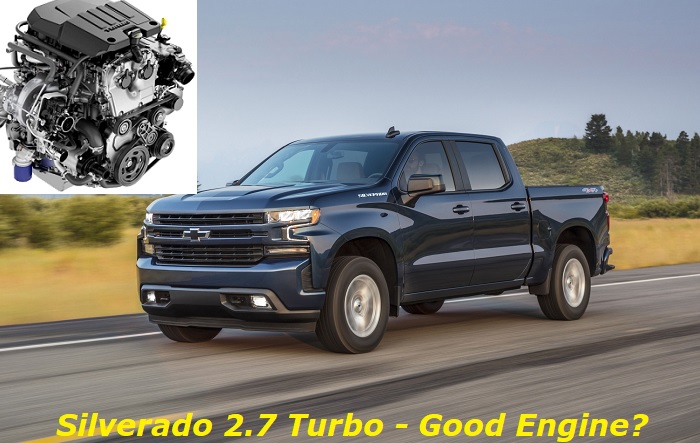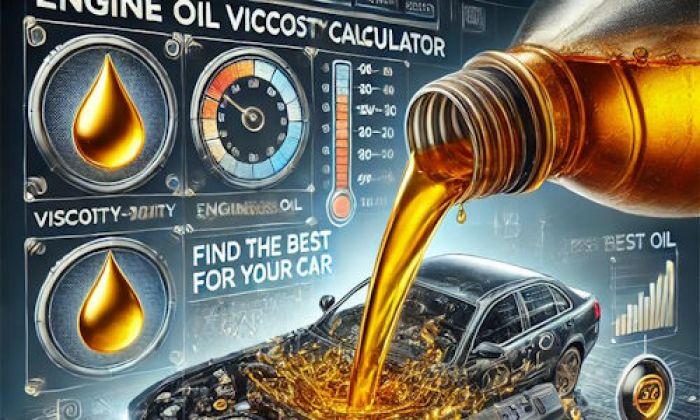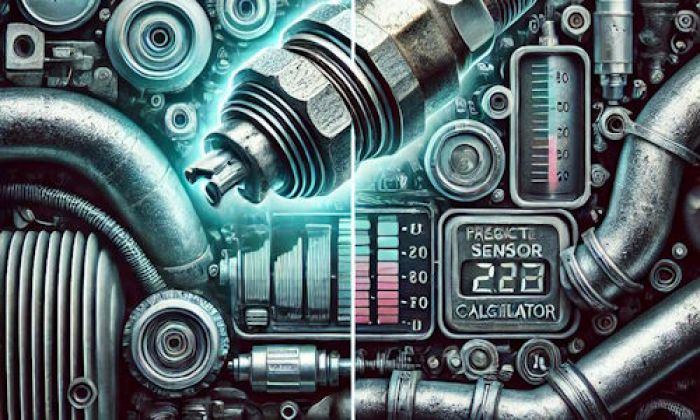The 2021 Chevrolet Silverado 1500 pickup truck is widely praised by buyers due to its solid features. No other than the ever-reliable JD Power, which has been an institution in consumer analytics for nearly a century, has given it "Great" ratings in various aspects such as its quality, reliability, resale value, and aftermarket support. The lowest comment given so far for the auto is "Average" in terms of driving experience, which is still within standards.
However, just like any other product, there should be some issues associated with its engine, right? After all, nothing's perfect. There have to be some complaints about it one way or another, and that's what we are going to be exploring here. Alongside the problems are also solutions that you can apply if you find yourself on the receiving end of any of them.

Key features and my opinion about the engine
- Production years:2018-now
- Average lifespan of L3B:170,000-200,000 miles
- Fuel supply type:direct injection
- Power range:310-325 hp
- Fuel efficiency:average
- Engine block material:aluminum
- Engine reliability score:medium
- The most common problems:wiring issues, carbon buildup on intake valves, very sensitive fuel supply system, AFM system problems.
Longevity of the Engine
The 2.7L GM L3B engine powering the Silverado was only introduced in 2018. Therefore, most of them in circulation are yet to attain their maximum mileage. However, those who claimed to have managed to rake up plenty of miles from it as well as expert estimates said it could easily reach up to 200,000 miles before requiring overhaul or replacement.
The numbers are not actually impossible knowing the reputation of GM in making durable engines that could last hundreds of miles and plenty of years. These could also be achieved by following these key maintenance tips:
- Keep your Silverado engine clean for proper cooling and performance.
- Check your coolant level regularly and top it off as needed.
- Inspect your radiator hoses and clamps for leaks or wear and replace them if necessary.
- Keep an eye on your engine's oil level and change the oil at the recommended intervals.
- Use high-quality motor oil that meets or exceeds the requirements for your Silverado's 2.7L engine.
- Inspect your air filter regularly and replace it when it's dirty.
- Get your Silverado's emissions system checked regularly to ensure it's functioning properly.
- Follow the maintenance schedule in your Silverado's owner's manual and have your Silverado's 2.7L engine checked by a certified mechanic regularly to ensure it's in good working condition.
- Keep your Silverado's fuel system clean by using quality fuel and running a tank of fuel additives through the system every few months.
- Don't dilly-dally if you notice signs of problems in your engine. Have it diagnosed and repaired by a professional mechanic right away if you see or feel some red flags in its performance to prevent the issue from getting out of hand and affecting the other crucial parts of your vehicle.
Most Common Problems Found in the Engine
Generally, customer reviews about the Chevy Silverado 2.7L Engine found online reflect the sentiments of JD power. A majority of owners are pleased with its combination of performance, reliability, fuel economy, and durability. These were validated by the personal accounts of mechanics familiar with the engine, too.
Along the way, however, we also discovered the following common complaints about the engine:
1. Carbon Build-up
The most common complaint related to 2.7L engine-equipped Silverados is carbon build-up. According to owners, these have a high tendency to develop after they have logged 80,000 miles in their autos.
The most common symptom of carbon build-up is decreased performance. Owners often report that their trucks start to lag or hesitate. In addition, the engines may also become difficult to start and have higher fuel consumption than usual.
If you're experiencing these issues, it's important to take your Silverado to a qualified mechanic for inspection and diagnosis. In most cases, the carbon build-up can be remedied with a simple procedure known as decarbonization.
Decarbonization involves using chemicals and/or physical agitation to remove carbon deposits from the engine. This process can be easily performed by a professional mechanic.
Once decarbonized, your 2.7L engine should return to normal operation. If you continue to experience performance issues after decarbonization, there may be another underlying problem that needs to be addressed.
Depending on several factors such as the severity of the problem, where you are located, and the demand in your area, this kind of work would typically cost you between $300 and $1,500. That's a lot but the benefits will surely outweigh your investment in the long run.
2. Fuel Pump Failure
Another common complaint related to the 2.7L-engined Silverado models after logging around 100,000 miles is fuel pump failure either due to clogging or wear. A fuel pump failure can manifest in symptoms such as loss of power while driving uphill, sputtering and stalling at idle, and difficulty starting the engine.
If you're experiencing any of these issues, it's best to take your truck to a mechanic for diagnosis and repair. In some cases, replacing the fuel pump may be the only solution.
The cost for a fuel pump replacement for the Silverado normally ranges from $500 to $650. The cost for labor can vary depending on the mechanic or the service center where you brought it, but it's usually around the $300 mark.
3. Clogged or Worn Fuel Injectors
One more common issue about the Silverado 1500 2.7L engine is clogging or the premature wear of its fuel injectors. The symptoms of this are often mistaken for a fuel filter or pump issue but can be diagnosed quickly by a qualified mechanic.
The only way around this problem is the replacement of the clogged or damaged injectors. New parts should cost you around $600 to $1,000 while the labor fees can go around the $250 range. In some instances, a simple cleaning of the injectors can also solve the problem, which will surely reduce your repair costs.
4. Ignition System Fault
Numerous complaints about the 2.7L engine are related to the ignition system. The most common symptom of this is a misfire under load, and it can be caused by a variety of issues in the spark plugs, spark plug wires, or even the coil pack. The solution for this entails changing the defective parts.
If you're experiencing any of these issues with your Silverado 1500 2.7L engine, it's important to take it to a qualified mechanic for diagnosis and repair immediately. Trying to fix these problems yourself can often make them worse, so it's best to leave it to the professionals.
Specifications of the Engine
The 2021 Chevy Silverado 1500 does not fall short when it comes to engine performance. With the turbocharged 2.7L L3B engine, it can deliver 310 hp at 5,600 rpm and 348 lb-ft of torque at 1,500 rpm with a high redline of 6,100 rpm. It's also good for a 0 to 60 mph run in just seven seconds with a top speed of 114 mph. Moreover, the engine allows the truck to tow up to 7,000 lbs. of equipment. Meanwhile, the fuel economy of the unit is approximately 14 to 20 mph in city drives and 18 to 23 mpg on the highway.
These are all thanks to the amazing engineering of the engine featuring an inline-four layout possessing a displacement of 2,727cc and a DOHC valvetrain with four valves per cylinder. It has a bore of 3.63 inches and a stroke of 4.02 inches ensuring effective airflow quality and quantity while its combustion efficiency is made possible by its 10.0:1 compression ratio. Last but not least, the unit utilizes aluminum in both its block and head making it lightweight and durable at the same time.
Conclusion
We strongly recommend the 2021 Chevy Silverado with the 2.7L engine for its mix of power, fuel economy, and quality. As stated here, the issues about the 2.7L engine typically occur after it logs a significant amount of mileage.
How some users have managed to cover over 80,000 miles from their pickup in just a few years' time beats us, but it could be due to their heavy utilization from everyday drives, work, and recreation all that the same time.
We are not here to comment about how they prefer to use their autos but that kind of stress in the engine can really wear it out quickly. Regardless, these can still be offset or even avoided altogether with proper maintenance and care as we have presented here.
About the authors
The CarAraC research team is composed of seasoned auto mechanics and automotive industry professionals, including individuals with advanced degrees and certifications in their field. Our team members boast prestigious credentials, reflecting their extensive knowledge and skills. These qualifications include: IMI: Institute of the Motor Industry, ASE-Certified Master Automobile Technicians; Coventry University, Graduate of MA in Automotive Journalism; Politecnico di Torino, Italy, MS Automotive Engineering; Ss. Cyril and Methodius University in Skopje, Mechanical University in Skopje; TOC Automotive College; DHA Suffa University, Department of Mechanical Engineering





Add comment